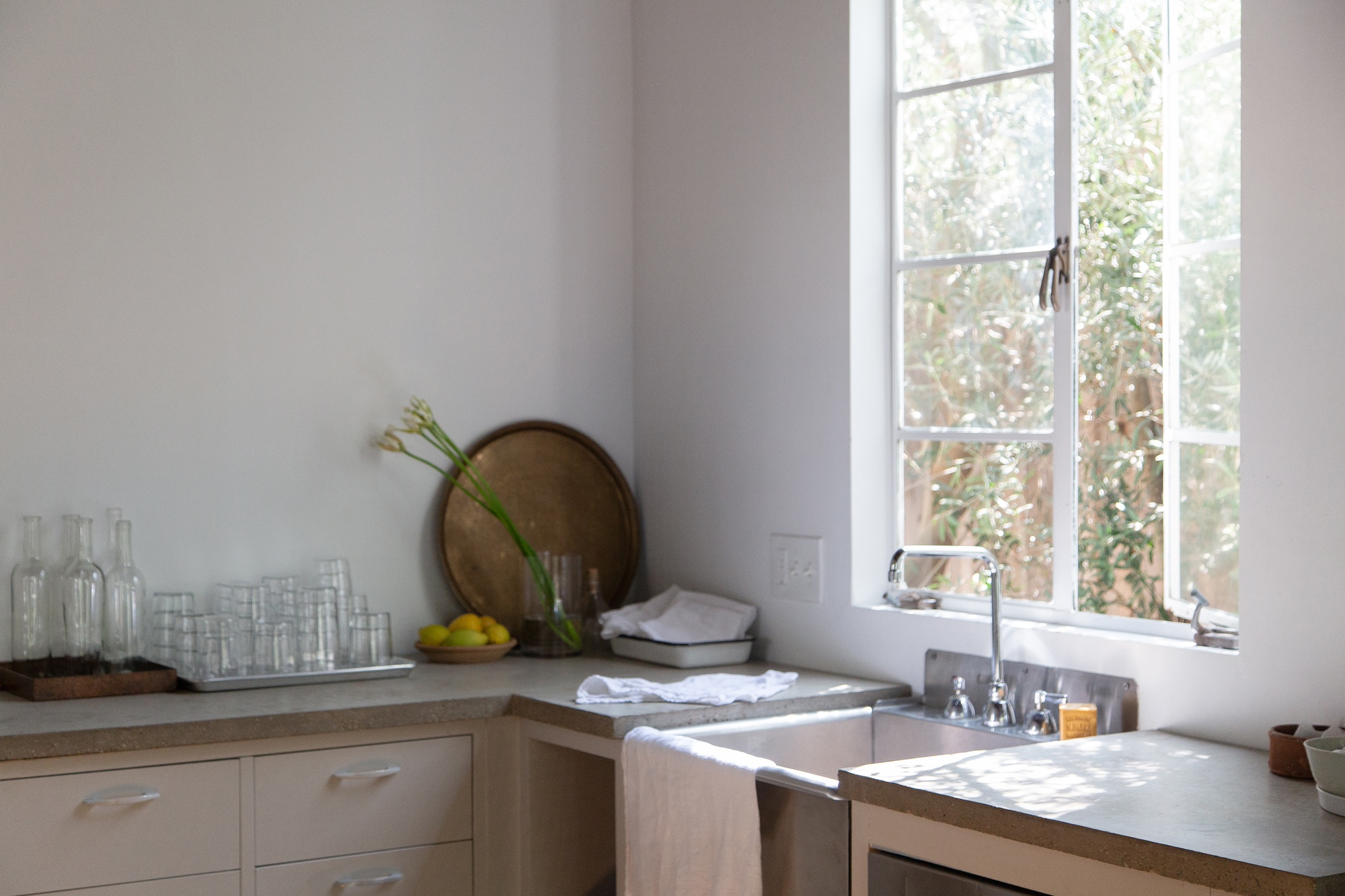
"For starters, one downside is the amount of counter space consumed. A double-bowl unit can measure 40 or even 48 inches long (you can even buy a triple-bowl unit, which may be as long as 60 inches), and don't forget that even more counter space is needed on both sides of the sinks for stacking unwashed and clean items. In a small kitchen, that's a lot of real estate."
"Ironically, it can mean less space for washing large items. Finally, there's the issue of sink size, especially when one bowl is smaller than the other. "It's just annoying to have a second bowl that's not very big," says Williams. "It makes it hard to wash bulky items like roasting pans." Some double-bowl units have a lower interior partition that makes cleaning large pots easier."
Double-bowl sinks consume significant counter space, with units commonly measuring 40 to 48 inches and some triple-bowl versions up to 60 inches, plus extra room on both sides for stacking dishes. They eliminate under-counter shelving and drawers in the sink base cabinet, further reducing storage and accommodating garbage disposals. Smaller secondary bowls can make cleaning large pans and pots awkward, though some models include lower interior partitions to help. Double-bowl installations tend to cost more and may require additional faucets and larger cutouts, which can be difficult with stone countertops. Space, cabinetry, and countertop material determine whether a swap from single to double is feasible.
Read at Remodelista
Unable to calculate read time
Collection
[
|
...
]